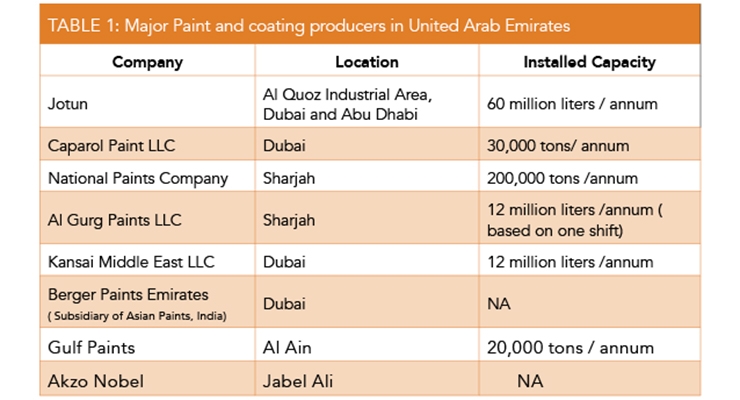Understand How Seasonal Conditions Impact The Success Of Commercial External Paint And Discover The Optimal Periods To Assure Durable End Results For Your Job
Understand How Seasonal Conditions Impact The Success Of Commercial External Paint And Discover The Optimal Periods To Assure Durable End Results For Your Job
Blog Article
Write-Up Created By-Ford Chaney
When you're intending a commercial outside painting task, seasonal elements can make or break your results. You'll wish to consider exactly how temperature and humidity impact paint application and drying out times. Picking the ideal season can ensure your paint adheres correctly and lasts longer. But which periods are really the best for this type of job? Allow's explore the key elements that can affect your job's success.
The Effect of Temperature on Paint Application
When you're planning a commercial outside painting job, the temperature level can substantially influence exactly how well the paint sticks and dries out.
Preferably, you wish to repaint when temperature levels vary in between 50 ° F and 85 ° F. If it's as well cold, the paint might not cure correctly, causing problems like peeling off or cracking.
On the flip side, if it's as well warm, the paint can dry out also rapidly, avoiding correct attachment and causing an irregular surface.
You need to likewise take into consideration the time of day; morning or late afternoon uses cooler temperature levels, which can be much more positive.
Constantly check the manufacturer's recommendations for the details paint you're utilizing, as they commonly give assistance on the ideal temperature array for optimum outcomes.
Humidity and Its Impact on Drying Times
Temperature isn't the only ecological element that affects your commercial external painting job; humidity plays a substantial role as well. High humidity levels can decrease drying times drastically, impacting the overall top quality of your paint task.
When the air is filled with dampness, the paint takes longer to heal, which can cause issues like bad attachment and a greater threat of mold growth. If you're repainting on a specifically damp day, be prepared for extended wait times between layers.
exterior painters minneapolis to monitor neighborhood weather conditions and plan appropriately. Preferably, go for humidity levels between 40% and 70% for ideal drying.
Maintaining these consider mind guarantees your task remains on track and provides an enduring coating.
Best Seasons for Commercial Outside Painting Projects
What's the very best time of year for your business exterior paint jobs?
Springtime and very early fall are usually your best choices. Throughout these seasons, temperatures are moderate, and moisture degrees are usually lower, developing optimal conditions for paint application and drying.
Stay clear of summer's intense heat, which can cause paint to dry also quickly, causing inadequate bond and coating. Similarly, winter months's cold temperatures can hinder correct drying and treating, taking the chance of the durability of your paint job.
Aim for days with temperatures in between 50 ° F and 85 ° F for optimum results. Bear in mind to check the neighborhood weather report for rainfall, as damp problems can destroy your project.
Preparation around these factors ensures your paint job runs smoothly and lasts longer.
Final thought
To conclude, intending your commercial exterior paint tasks around seasonal considerations can make a significant distinction in the result. By scheduling job during the suitable temperatures and moisture levels, you'll make certain far better attachment and drying out times. Keep in take a look at the site here to watch on local weather report and select the correct time of year-- spring and early fall are your best options. Taking these actions will help you accomplish a resilient and expert finish that lasts.
